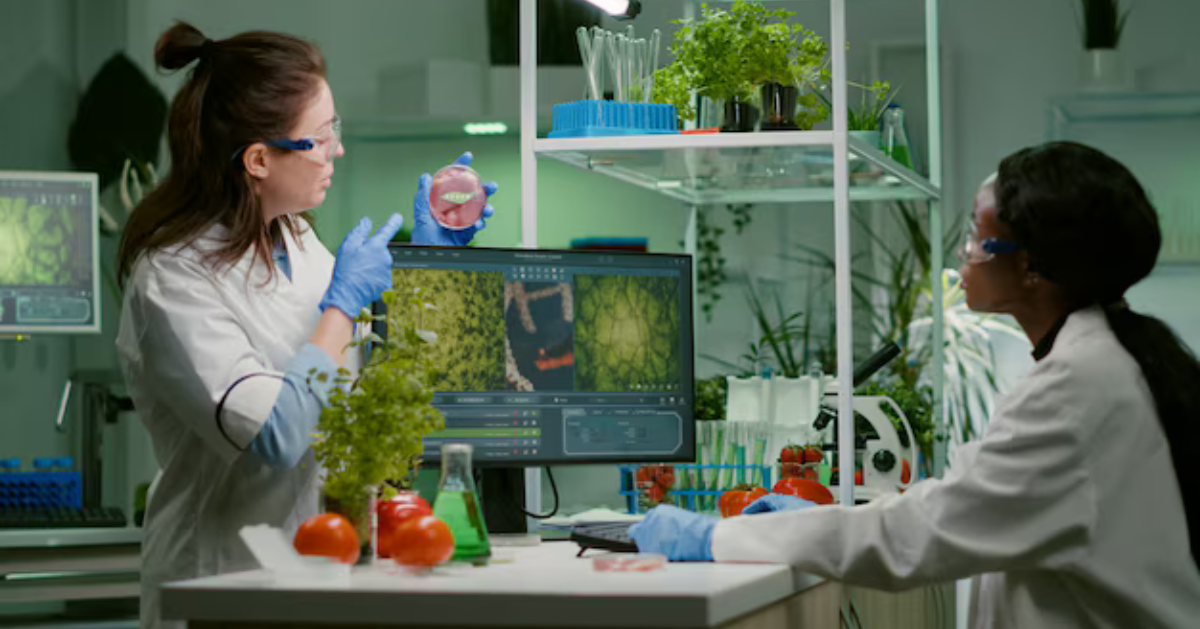The term “Mycocene” represents a fascinating concept in the timeline of human and ecological evolution. It refers to the era of fungal dominance, where the use of fungi transforms industries, sustainability, and even healthcare. With advancements in biotechnology, fungi are now at the forefront of innovative solutions for various global challenges.
The Significance of Fungi in Nature
Fungi are neither plants nor animals—they belong to their own kingdom. They play a pivotal role in decomposing organic material, recycling nutrients, and maintaining ecological balance. Without fungi, ecosystems as we know them would crumble.
Why the Mycocene Era is Crucial
The Mycocene signifies humanity’s transition toward sustainable practices. By leveraging the unique properties of fungi, we can develop eco-friendly materials, alternative proteins, and revolutionary medicines. This movement marks a shift away from destructive industrial practices.
Fungal Contributions to Sustainability
Fungi hold immense promise in creating sustainable alternatives. For instance, mycelium, the vegetative part of fungi, is being used to produce biodegradable packaging and construction materials. Unlike traditional plastics and cement, mycelium-based products are entirely compostable.
Fungi as a Food Source
The food industry is undergoing a fungal revolution. Mycoprotein, a protein-rich food derived from fungi, is gaining popularity as a sustainable alternative to meat. Brands like Quorn have already brought fungal-based meat substitutes to the mainstream, reducing reliance on resource-intensive animal farming.
Fungal Innovations in Healthcare
Fungi have long been used in medicine, with penicillin being the most famous example. The Mycocene era promises even more breakthroughs, such as fungi-derived immunotherapies, antibiotics, and treatments for mental health disorders like depression.
Biodegradable Packaging Made from Fungi
Plastic pollution is a pressing global issue, and fungi offer a solution. Companies are developing mycelium-based packaging that decomposes naturally in the environment. These materials not only reduce waste but also cut down on the carbon emissions associated with plastic production.
Fungi in Fashion and Textiles
Imagine wearing clothes made from mushrooms! Fungal leather, also known as mycelium leather, is an innovative alternative to animal and synthetic leathers. It’s sustainable, cruelty-free, and has the potential to revolutionize the fashion industry.
Fungi and Renewable Energy
Fungi are being explored as a potential source of biofuels. By breaking down agricultural waste, certain fungal species can produce ethanol and other renewable fuels. This could pave the way for cleaner energy solutions in the future.
The Role of Fungi in Soil Health
Healthy soils are essential for agriculture, and fungi play a critical role in maintaining soil structure and fertility. Mycorrhizal fungi form symbiotic relationships with plants, helping them absorb nutrients and water more efficiently.
Fungi as Environmental Remediators
Fungi are nature’s cleanup crew. They can break down pollutants, including petroleum and heavy metals, through a process called mycoremediation. This ability makes them invaluable for restoring polluted environments.
The Cultural Impact of Fungi
The Mycocene era isn’t just about science; it’s also reshaping our cultural narratives. Mushrooms and fungi have found their way into art, literature, and even wellness practices, symbolizing connection and regeneration.
Challenges in the Mycocene Era
Despite their potential, fungal applications face hurdles. Scaling production, regulatory barriers, and public acceptance are significant challenges. For instance, fungal-based materials need to compete with cost-efficient but unsustainable alternatives.
How Fungi Could Combat Climate Change
Fungi can capture carbon dioxide and store it in the soil, mitigating greenhouse gas emissions. This natural carbon sequestration process could be a game-changer in the fight against climate change.
The Future of Mycocene
As research and development continue, the possibilities of the Mycocene era are endless. From creating bioengineered fungi to solve specific problems to using fungal networks as data storage systems, the future is as limitless as the fungal kingdom itself.
Conclusion
The Mycocene era symbolizes a shift toward a more sustainable and innovative future, driven by the incredible capabilities of fungi. As we embrace this era, we unlock solutions for some of the world’s most pressing challenges, from environmental degradation to food insecurity.
FAQs
What is Mycocene?
The Mycocene refers to the era of fungal innovation, where fungi play a dominant role in sustainability, technology, and healthcare.
How do fungi help in sustainability?
Fungi are used to create biodegradable materials, renewable fuels, and sustainable food sources like mycoprotein.
Can fungi replace traditional plastics?
Yes, mycelium-based packaging offers an eco-friendly alternative to traditional plastics, as it’s biodegradable and sustainable.
What are some medical advancements from fungi?
Fungi have led to breakthroughs like antibiotics, immunotherapies, and treatments for mental health disorders.
Why is the Mycocene era important?
The Mycocene era emphasizes the use of fungi to address global challenges like climate change, pollution, and food security.

